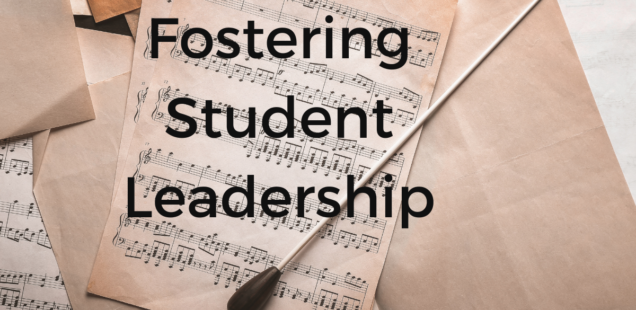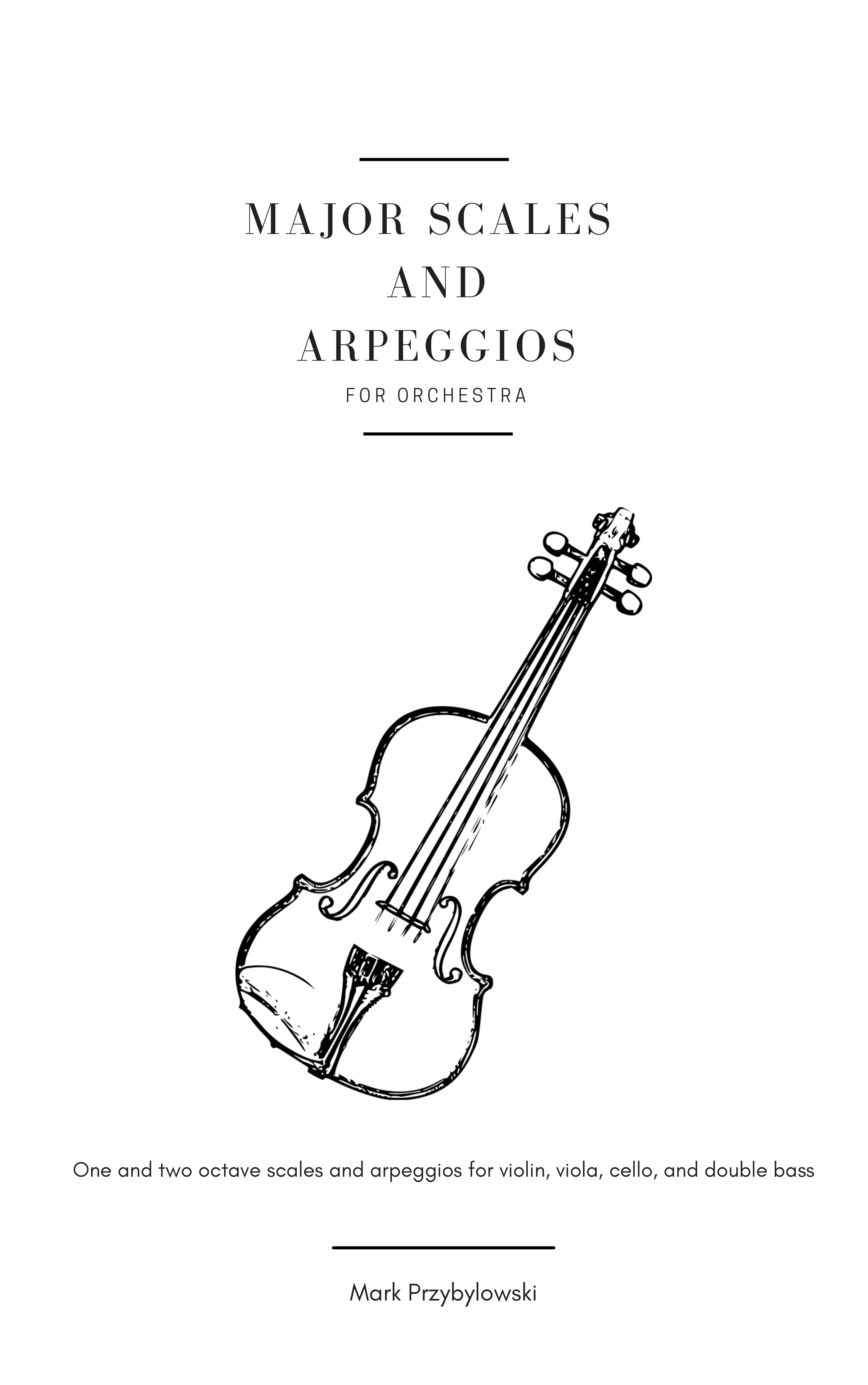
For Teachers: Fostering Student Leadership
Each year we have an award ceremony at my school where we nominate students who have demonstrated leadership qualities.
I have to say that every year this award causes me to stop, think, and ask some questions.
What does leadership look like?
How do students demonstrate leadership?
I am still answering these questions.
I do know one thing, and that is, music ensembles offer an incredible wealth of ways for students to exercise leadership. So, this year I have been thinking a lot about ways to foster student leadership experiences within my orchestra. My goal is to formally and informally create opportunities for my students to lead within the ensemble so they can grow belief in themselves, confidence, and further grow their musical skills.
Here are some ways I've done this over the years.
Lead Warm Ups
Getting kids up front and giving them the opportunity to lead the class, especially during warm up time, is an awesome way to empower student leadership.
Perhaps you have a warm up routine you could have your students lead.
I have a few set warm up routines (scales in rhythm, slurred bowing combinations, etc.) we do each day at the beginning of class. My students eventually memorize them and I rotate through the different warm up routines throughout the week. The students feel confident with these warm ups so I’ve been getting kids up in front to lead the warm up time.
I did some preparation and modeling before I put them in front of their peers. I put together a short lesson on what leadership looks like and ways they can go about leading the group. We talked about giving verbal and non verbal cues such as a count off, breath, or bow gesture to start the group. I had the students practice those ideas as a group before individual students got up in front of the class.
So each Friday and occasionally during the week different students have come up to lead the warm up time. They’ve really enjoyed being in front of the group. Another benefit is that it has also allowed me to move throughout the classroom, observe students, fix issues, or just listen.
Classroom Responsibilities
Another way students can be engaged in leadership is through different responsibilities in the classroom. What jobs could students do in your ensemble? Or what jobs do you already have students engaged in? I'd love to hear.
Perhaps you could have several students who organize the stands, file the music, help with tuning, pass out papers, keep track of the time, or clean up the room.
One year I tried this by keeping a board in the classroom with the name of the job and the student names underneath. I will admit that I often got bogged down by keeping track of which student had which job and trying to rotate them, but I do think the benefits are really positive. It takes some organization, but the effort would be worth it.
Student Critique
Students can easily take ownership and leadership by affording them the chance to express their ideas on how the music is shaped.
Perhaps they have ideas on ensemble balance, blend, togetherness, dynamics, articulations, or expression.
Giving students the chance to share their thoughts about the music and then putting their ideas into play is another way students can demonstrate leadership. It also values their opinions and builds their musical confidence.
Student Led Music Making
Finally, give students the chance to own their music making by allowing them to work together in student led chamber groups.
Every year my district holds an annual ASTA Festival. It’s an awesome time and it’s incredible to see just how well the students work together. The groups are entirely student led and I more or less act as a guide or coach offering help as needed. The students rehearse the music during class or lesson, offer ideas, share, critique, apply their musical knowledge, and do the hard work to master the piece.
The end result is a performance at our annual ASTA Festival. We bring together the other schools in our district and link our students up with several guest clinicians who offer feedback.
If you can’t do a big festival, perhaps you can do a small unit on chamber music. Break your students into groups and allow them to work together to lead a short piece of music. Put on a concert in the classroom or your building lobby. It doesn't have to be fancy. The skills they will exercise will grow them in so many ways.
Conclusion
There are so many ways kids can exercise leadership within our ensembles. Here are a few more ideas:
- student conductors
- student led lessons
- have students model or teach a certain technique
- have students help at concerts with ushering or programs (Tri-M helps with this in our district)
- peer mentorship (students helping younger students, beginners, or struggling learners)
- section leaders
- students to help with recruitment
What ways have you fostered leadership in your ensemble? I'd love to hear. Drop me a line.

Need some warm up material?
Check out the Major Scales and Arpeggios - One and Two Octave Scales and Arpeggios for Orchestra collection I put together.
Included in this collection are one and two octave Major Scales and Arpeggios for violin, viola, cello, and double bass.
I have included up to four sharps, four flats, and C major in this scale and arpeggio set.
We all know how important scales and arpeggios are for mastering your instrument.
I have differentiated the scales and arpeggios by use of various octave displacements to meet all levels and abilities. More advanced students can challenge themselves by working on their two octave scales and less advanced students can play their one octave scale - allowing all students to participate.